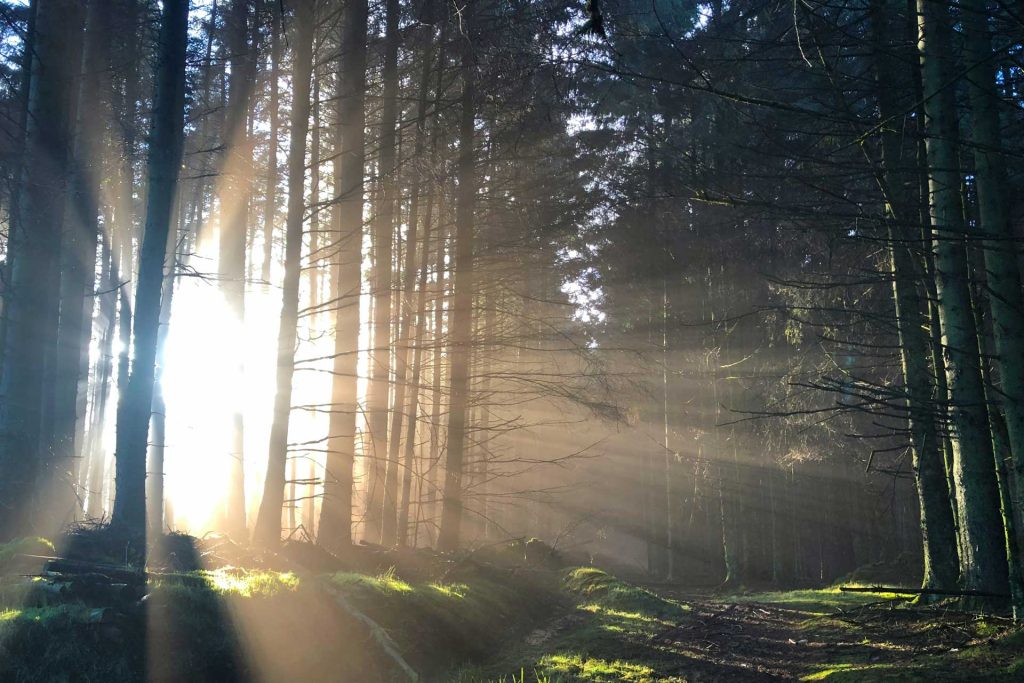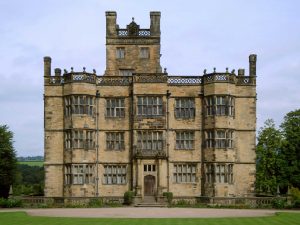Growing up in Lancashire, I knew about the Pendle witch trials from a young age. It’s part of our history, and there is as much of fiction to it as fact: even now people tell stories of petrified cats buried in cottage walls and boulders placed on graves to prevent the witches rising from the dead. Pendle Hill draws the eye, with its unusual, almost sinister shape, and as a child I’d eye it on car journeys, wondering about the witches who lived on it (they didn’t – the summit is 1,800ft). Even the local bus was called The Witch Way, with a moonlit crone in flight on the side. Many of the accused’s names were known locally – the names themselves are still local – and people would claim to be related to them.
To me, though, the Pendle witches were a collective rather than individual people, until I began researching The Familiars. Among those on trial were two men, a wealthy landowner and an octogenarian – the head of a family who all found their lives at stake thanks to their youngest member, who betrayed them to the authorities. So many mothers and daughters; so many neighbours blaming neighbours. Although there were 12 people from the Pendle area arraigned for trial, the amount of allegations involved and names dragged through the mud made my head spin, until one name jumped out at me, and my story almost revealed itself to me.
One of the things that riveted me the most about the Pendle witches was that some of them pleaded guilty, knowing the penalty was execution. Did they really believe in their power? Or was something else at play?


